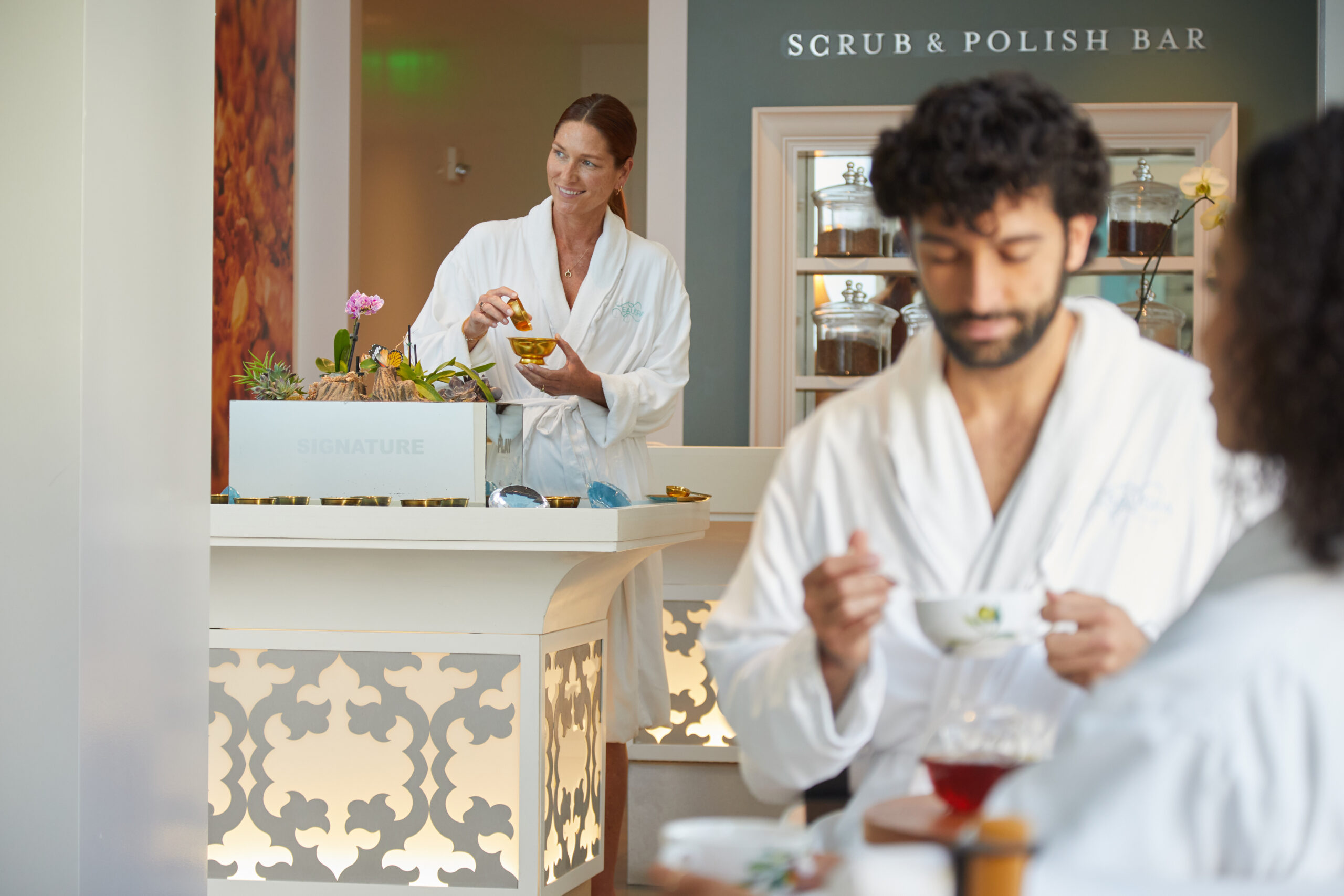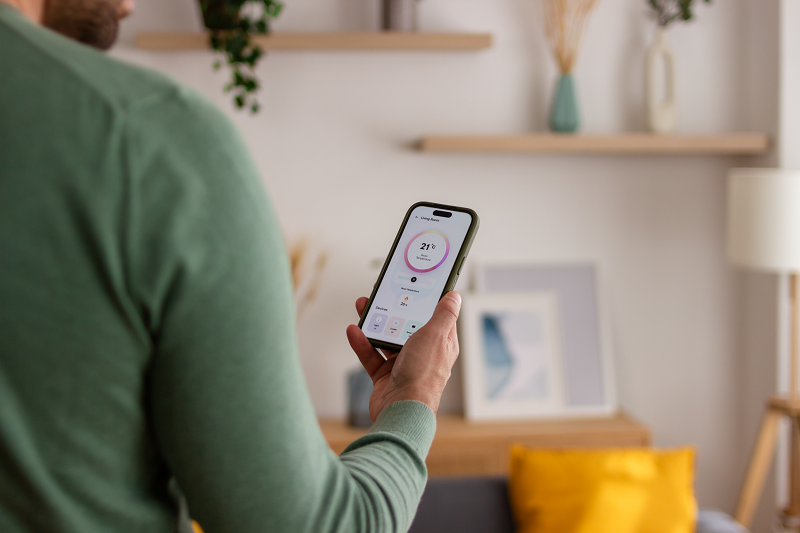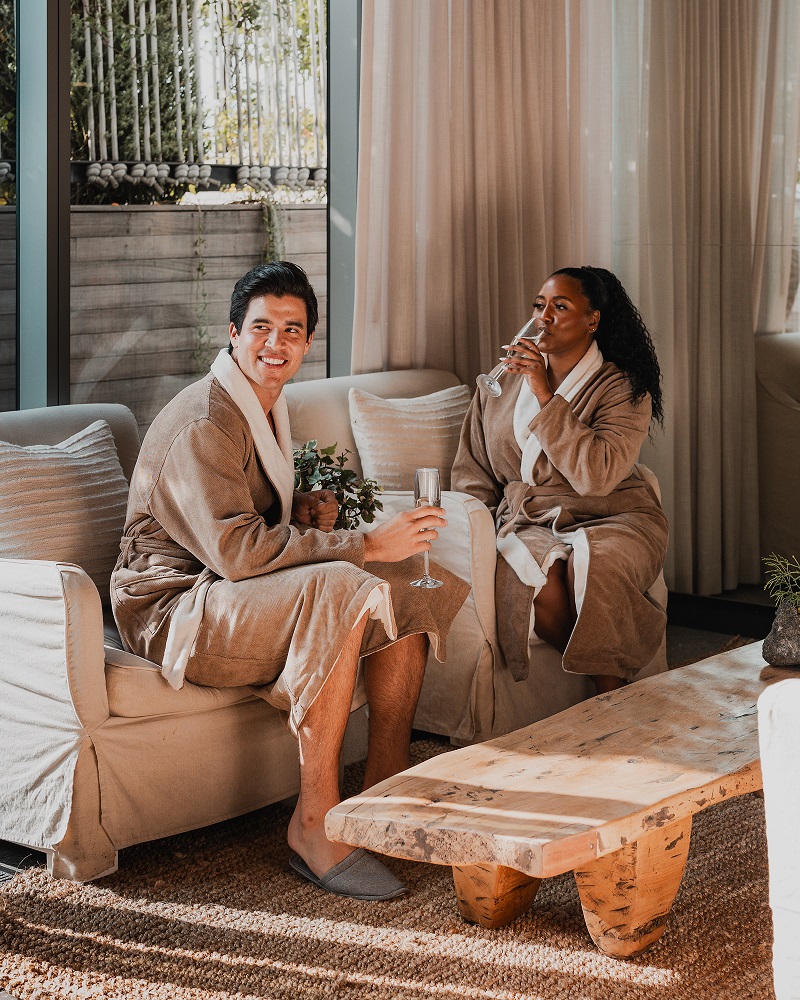There’s a common misconception in the wellness industry that resort spas should solely cater to overnight guests, but if your hotel spa isn’t also marketing to local clientele, you’re losing valuable revenue that can greatly impact your bottom line. Local guests are a cornerstone of resort spa clientele; they’re more likely to become repeat patrons, invest in memberships, purchase series passes, and provide a steady revenue stream, particularly during off-peak seasons. To achieve long-term success, it’s essential to strike the right balance between catering to overnight guests and cultivating a loyal local clientele. But how do you determine the optimal mix for your resort spa, and what strategies can you employ to attract and retain both demographics? Before you can effectively market your resort spa to both locals and visitors, you must first understand the main differences in behavior and preferences between hotel guests and local residents during spa visits.
Determining the Proper Mix of Local and Visiting Clients at Resort Spas
It’s important to tap into both local and visiting clientele at resort spas as they provide distinct benefits to facilities. Overnight hotel guests, on vacation and seeking relaxation, are often willing to spend more per visit. In contrast, local residents, focused on their overall wellness, may prioritize affordability to be able to return to the spa more frequently. Understanding these distinct preferences allows spas to tailor their offerings and pricing strategies accordingly, maximizing bookings and increasing revenue.
“Hotel and resort spas should aim for a healthy 30-to-50 percent of local clientele, though this is definitely location dependent,” says Susie Hammer, senior vice president of spa operations and client success at Arch Amenities Group. “For example, most destination hotels will have a minimal level of local business where as an urban hotel may see 80 percent or higher of locals.”
Regardless of the property, it is important to look at both hotel occupancy and treatment room utilization throughout the day and the week. If hotel occupancy is lower than 60 percent or if there are gaps in treatment room utilization, consider offering special promotions to regulars or locals to fill those rooms. It’s also important to make your amenities easily accessible for locals, for example by validating parking, offering lounge access and complimentary locker storage.
“The demand for local clientele at resort spas has increased in recent years,” Hammer adds. “The more properties seek to boost revenue from amenities like spas, a strong local market is crucial for meeting those budget goals. Fortunately, local patronage has grown since the COVID-19 pandemic, but the extent of this increase varies by location.”
Tailoring Marketing Strategies for Local and Overnight Guests at Hotel Spas
According to Market.us Media, a survey conducted by Health Fitness Dynamic found an overwhelming 97 percent of resort/hotel managers surveyed believed that having a spa was a marketing advantage, and 73 percent of the respondents agreed that having a spa in their establishment increased occupancy rates, underscoring the importance of effectively marketing your spa to both local residents and hotel guests.
“Maintaining a strong presence both on property and in the community is imperative for bringing both hotel guests and local clientele into a resort spa,” says Mary Simpkins, senior director of marketing at Arch Amenities Group. “Continued communication is key. Building community on social channels and ensuring inclusion of packages and communications in partnership with the hotel are essential for fostering a loyal clientele of both local and visiting guests.”
Open houses and pop-up events are excellent opportunities to showcase new products and programs and solidify your spa’s position as the local community’s go-to wellness destination while also providing hotel guests with a glimpse of the exceptional experiences offered onsite.
“Loyalty programs, seasonal offerings, and series packages great tools for attracting repeat local guests,” Simpkins adds. “Keeping a close eye on hotel occupancy and understanding the seasonality of your location and region as a whole can help determine when it’s most necessary to target locals or overnight guests.”
A tool like Arch Amenities Group’s Local Spa Market Report can also help identify your spa’s potential local clientele. The report combines mobility and census data, Experian Mosaic segmentation, and Arch Amenity Group’s expert-guided criteria about spa-goers to provide a robust picture of your spa’s current guests and potential future local clientele. Using this data, the Arch team can help you identify your local audience and prospective target clients with a propensity for spa services, determine their behaviors, interests, and demographics to meet them where they are, and develop potential ways to attract and convert them into spa clients.
By understanding the unique needs and preferences of both local residents and overnight guests, resort spas can tailor their marketing strategies to maximize revenue and create a thriving clientele. Whether you tap into spa industry trends and best practices, or partner with an amenities management firm for guidance, there are countless ways to position your spa as the go-to wellness destination in your community. Start by identifying your location’s optimal balance between catering to both demographics, use that information to implement targeted campaigns to attract and retain loyal customers, and unlock your spa’s full potential.





